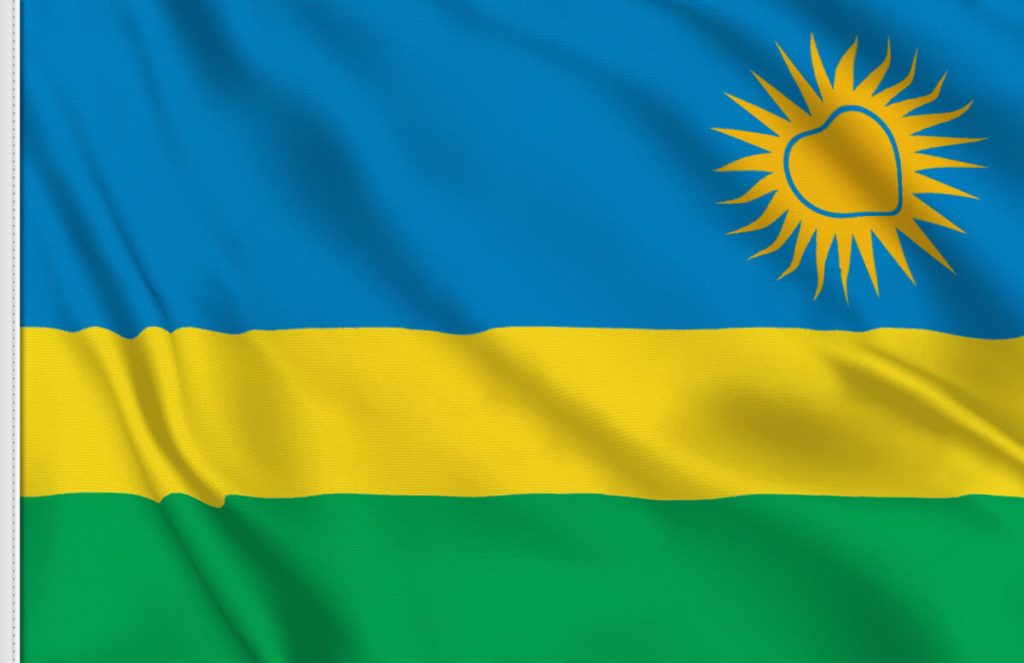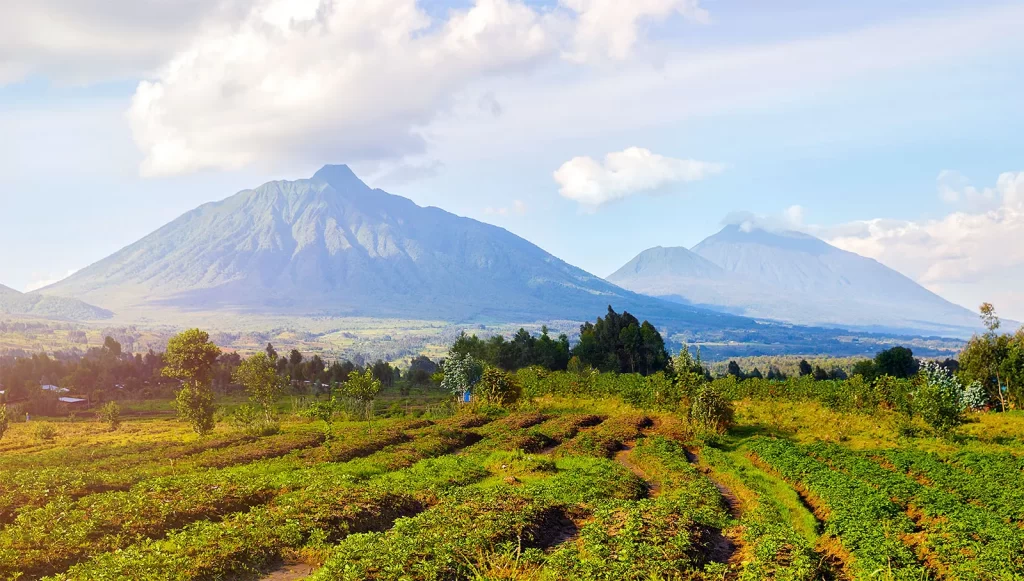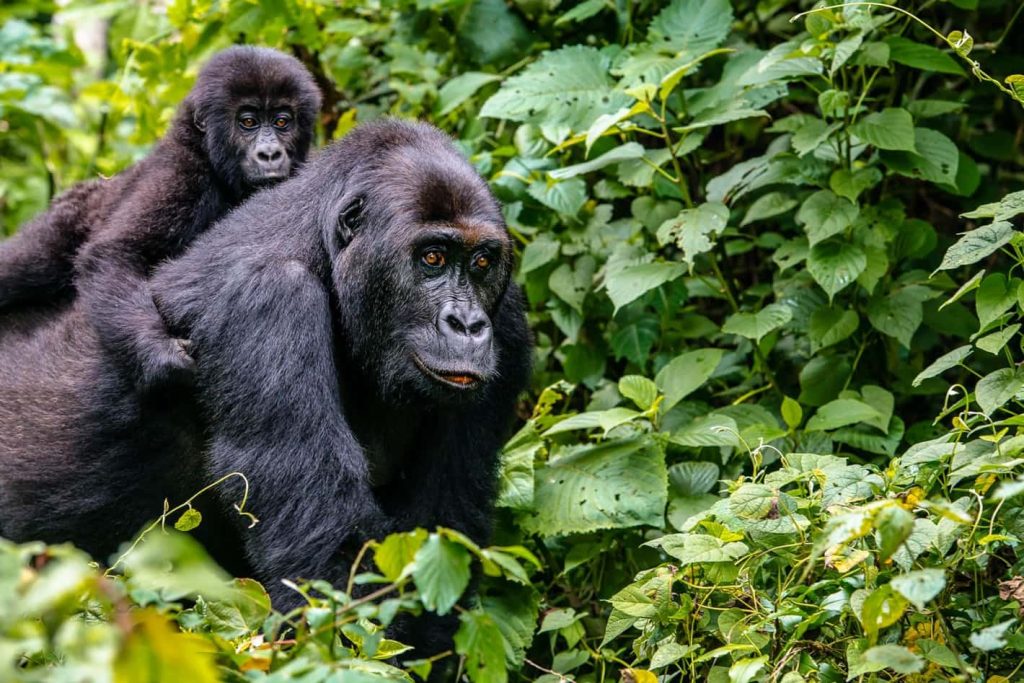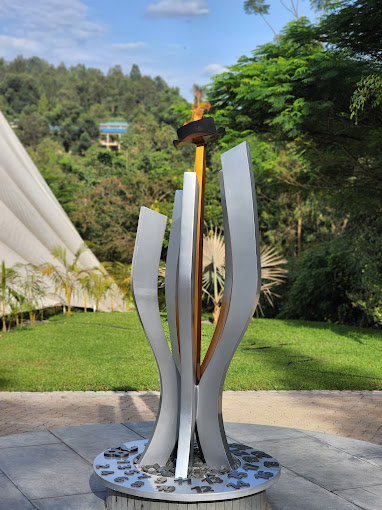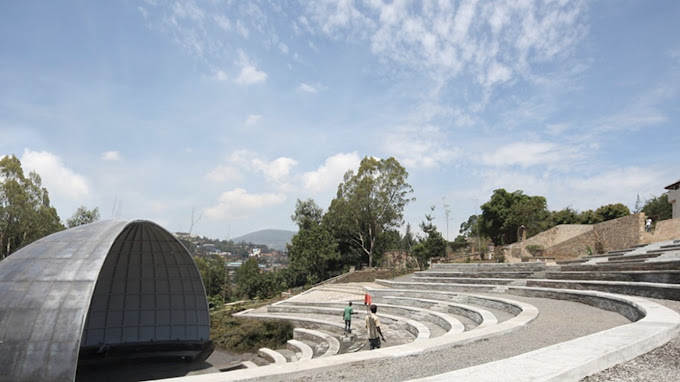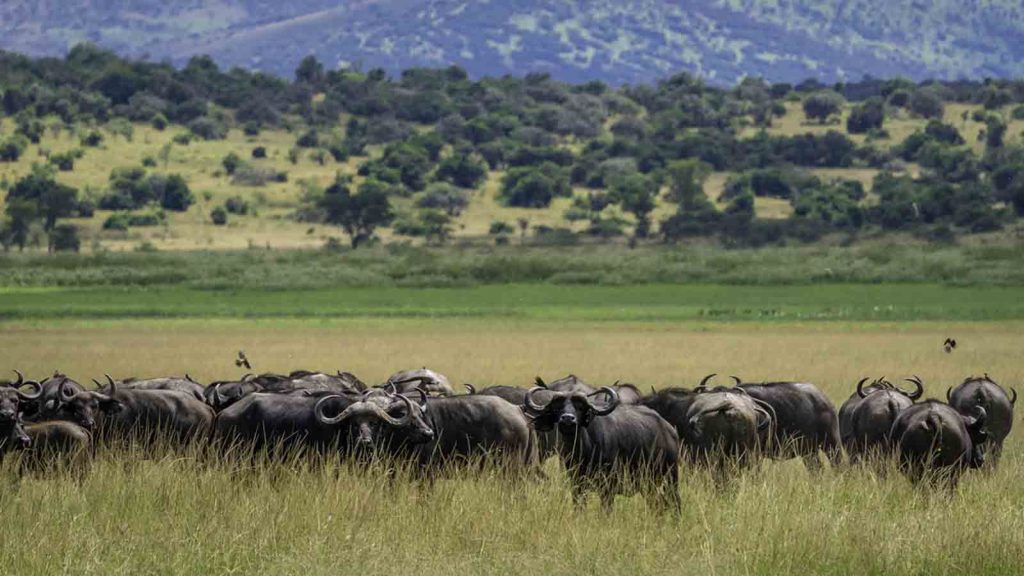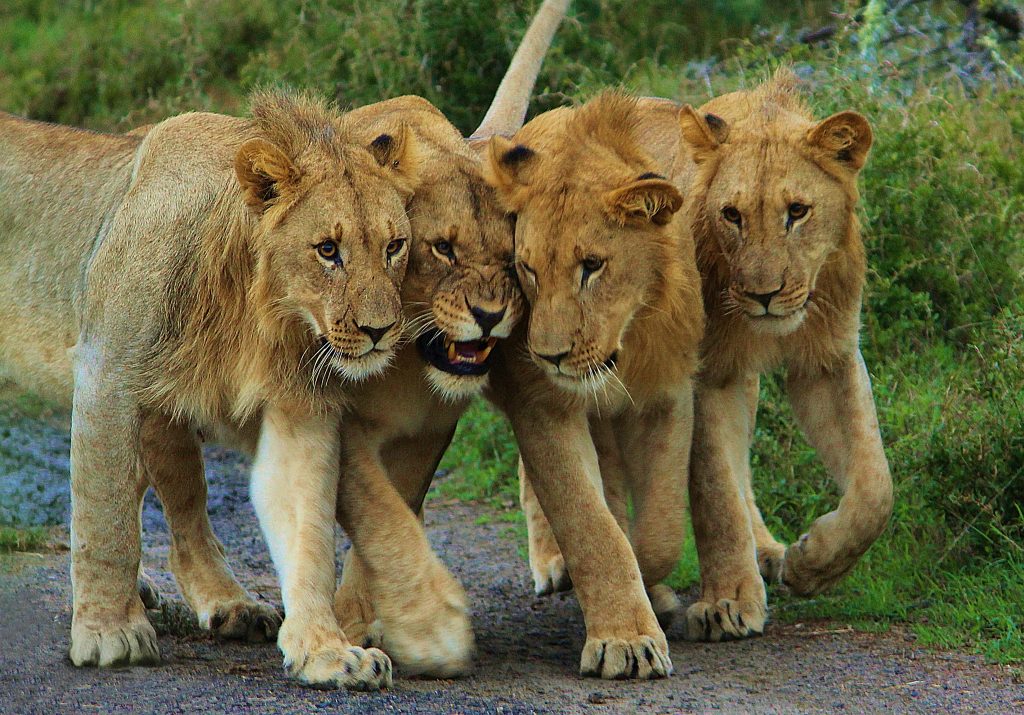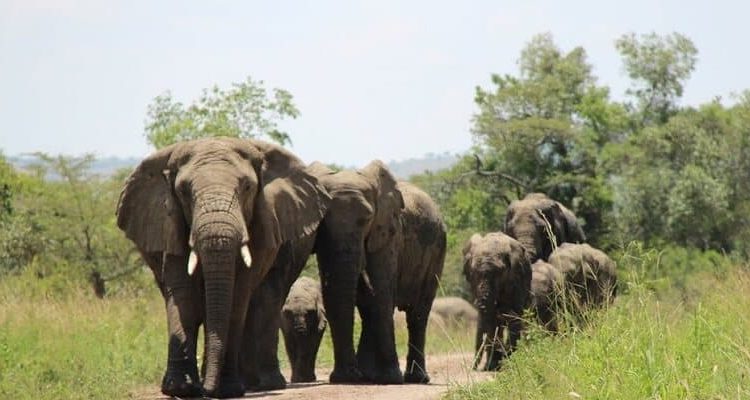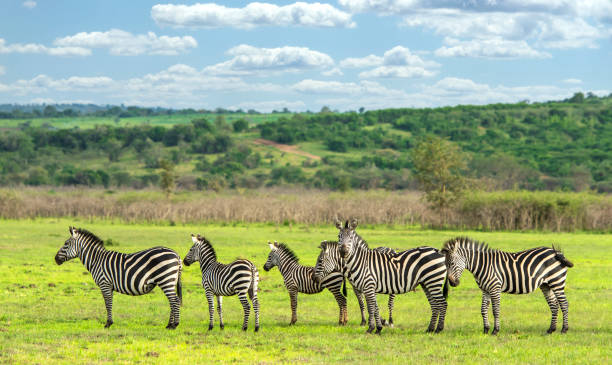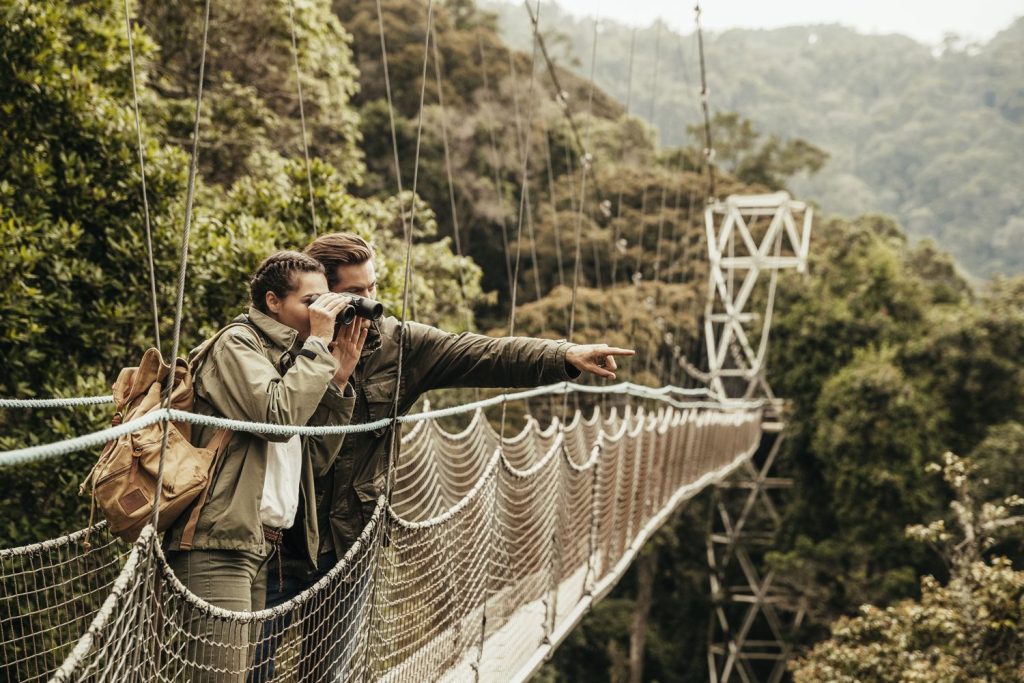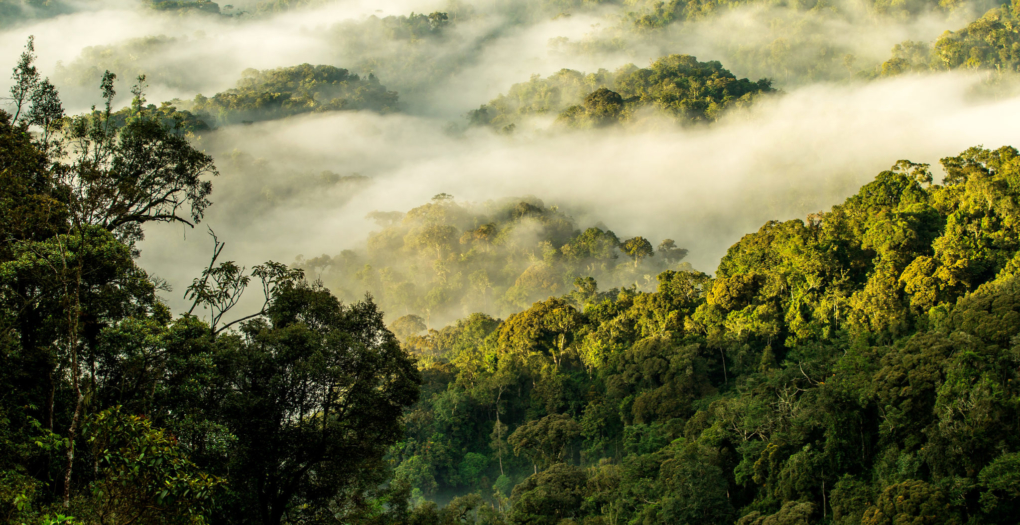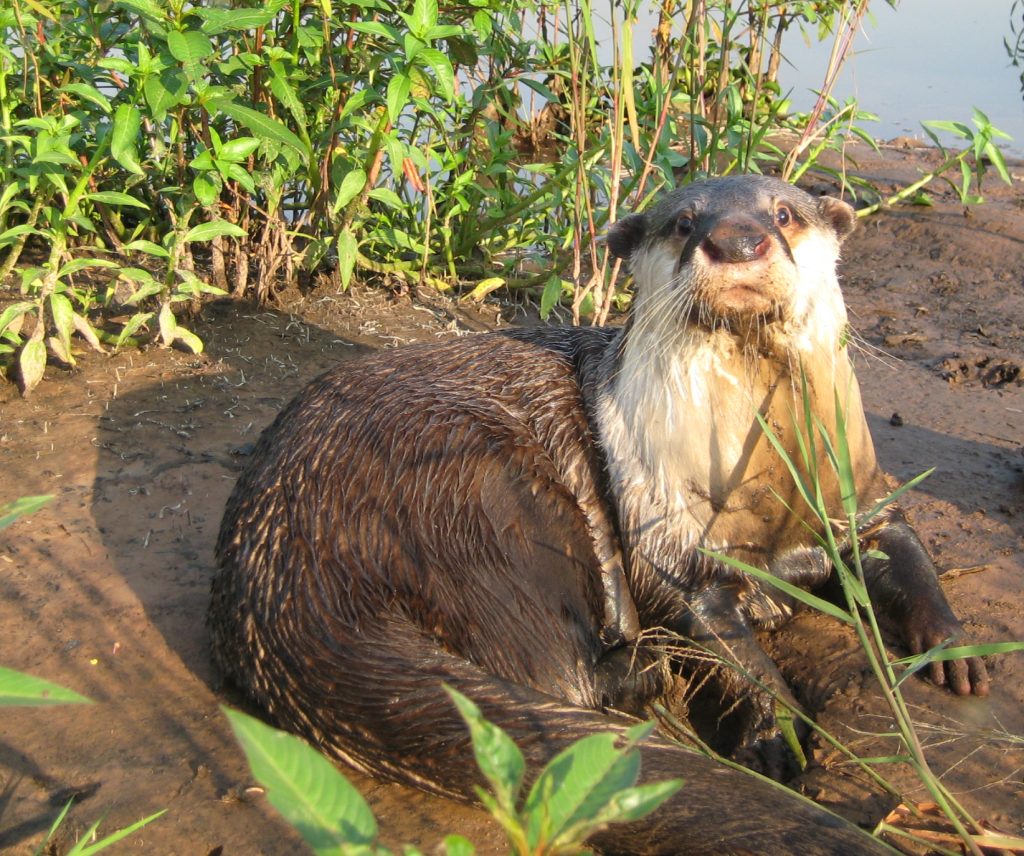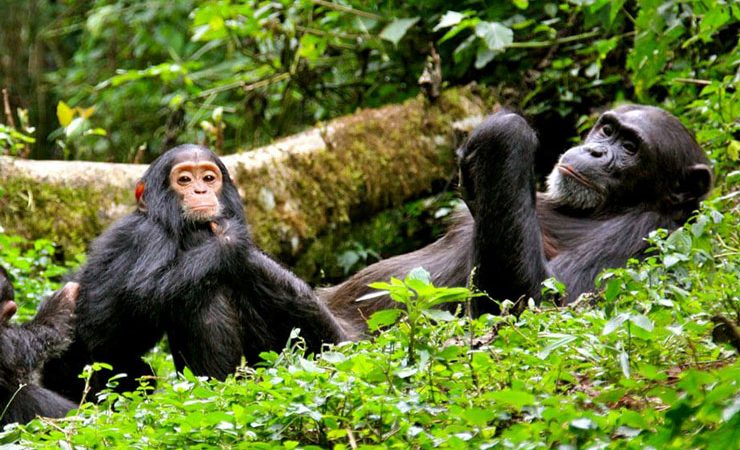Rwanda
Rwanda, officially the Republic of Rwanda, is a landlocked country in the Great Rift Valley of Central Africa, where the African Great Lakes region and Southeast Africa converge. Located a few degrees south of the Equator, Rwanda is bordered by Uganda, Tanzania, Burundi, and the Democratic Republic of the Congo.
Capital: Kigali
Population: 13.46 million (2021) World Bank
Currency: Rwandan Franc
Prime minister: Édouard Ngirente
What is famous in Rwanda?
Rwanda is renowned for its virunga rare mountain gorillas, and rightly so. Some 400 of our primate cousins roam the rainforests of Volcanoes National Park, with ten groups available for tracking. But this tiny country has so much more to see.
The mountain gorillas,are Someof the 400 of our primate cousins roam the rainforests of Volcanoes National Park, with ten groups available for tracking. But this tiny country has so much more to see. Known as the “Land of a Thousand Hills”, it’s rich with beautiful mountains, valleys and lakes, with a gleaming capital city, abundant wildlife and resilient and gracious people. Here are ten reasons to explore further.
Places of interest
1. Volcanoes National Park
Without thinking about it the number one thing to do in Rwanda is gorilla trekking at Volcanoes National Park, a gorilla permit cost $1500 per person per permit for one trek compared to it’s neighbor Uganda which also has mountain gorillas in Bwindi Impenetrable national park and Mgahinga national park , a gorilla permit in Uganda costs $700 per person per permit for one trek. Virunga national park in Rwanda is home to a growing number of critically endangered mountain gorillas. Experts estimate that there are about 600 gorillas in the park–a significant increase from around 240-250 individuals in 1981.
To visit one of the 18 mountain gorilla families that have been habituated to humans, you’ll need to obtain one of the limited number of daily trekking permits for $1,500. The easiest way to do it is through a reputable Safari operator, who can also arrange transportation from Kigali to the park headquarters.
The trekking experience typically lasts between four and eight hours, most of which is spent hiking through mystical bamboo forests, wild meadows, and swampy areas. Guides from the national park service will eventually lead you to one of the habituated gorilla families. You’ll spend an hour observing the creatures as they eat, care for their babies, and interact with one another.
Gorilla trekking in Rwanda is largely considered a safe activity. The gorillas are mostly apathetic to their human visitors. Armed guides, who use a bunch of clicking sounds to communicate with the gorillas, keep guests safe from potential dangers, making the experience one that you’ll never forget.
Porters are available at the base of the trails in Volcanoes National Park. It’s worth hiring one for the day–they’ll carry your bags and help you avoid slipping down the muddy paths.
Want to learn more about mountain gorillas? After your trekking adventure, head to the Dian Fossey Gorilla Fund International Karisoke Research Center in the nearby town of Musanze. It contains a small, yet robust museum all about mountain gorillas and the work of conservationist Dian Fossey, whose efforts to protect gorillas were made famous by the 1988 drama, Gorillas in the Mist.
2. Kigali Genocide Memorial
It’s hard to believe that 29 years ago, Rwanda was in the midst of a horrific genocide that would leave more than 800,000 people dead in just 100 days. The country has come a long way from the devastating massacre, but the impact of this relatively recent history has left its mark on the lives of everyday people and generations to come.
Tourists can learn about this horrific event at the Kigali Genocide Memorial. The haunting museum dives into the timeline that led to the 1994 genocide, bringing the horrors to life through halls of photographs, artifacts, and information. The main exhibit hall wraps around poignant sculptures and features stained-glass windows that cast a hopeful glow on the space.
The museum continues with another permanent exhibit on the history of genocide around the world and intervention efforts from international communities, helping to put the Rwandan genocide into context.
The museum also includes an emotionally charged Children’s Room dedicated to the youngest victims of the genocide. It keeps their memory alive through oversize portraits of the children, some of whom were just infants when they were killed, and personal details about the victims, like their nicknames and favorite books.
While heartbreaking, visiting the Kigali Genocide Memorial is an important part of being a responsible tourist in Rwanda. Give yourself time to contemplate the experience and have a moment of silence for the 250,000 victims interred at this site at the memorial’s Gardens of Reflection.
3. Akagera national park
Akagera National Park lies in eastern Rwanda, hugging the border with Tanzania. It’s characterized by woodland, swamps, low mountains and savannah. The varied terrain shelters wildlife including zebras, giraffes, elephants, lions and hundreds of bird species, such as the rare shoebill stork. In the southern part of the park, vast Lake Ihema is home to hippos and crocodiles. is Central Africa’s largest protected wetland and the last remaining refuge for savannah-adapted species in Rwanda.
Animals of Akagera national park
leopard, elephant, rhino, and buffalo, as well as zebra, giraffe, and hundreds of bird species. followed b reintroduction of lions and rhinos officially becoming a “Big Five” national park park in May 2017.
4.Nyungwe Forest National Park.
One of the most important forest conservation areas in all of Africa, Nyungwe Forest National Park contains a spectacular array of biodiversity, including 1,068 plant species, 322 species of birds, and 75 types of mammals.
Most tourists come to this rainforest to track chimpanzees, which have been habituated to humans by park rangers. This animal encounter is a fraction of the cost of gorilla trekking, yet no less memorable.
Hanging out with primates isn’t the only thing to do in Nyungwe. The park is also home to the only canopy walk in East Africa, roughly a 90-minute hike from the Uwinka Visitor Center. You’ll walk across a 91-meter-long suspension bridge dangling more than 50 meters above the verdant rainforest, getting a dizzying view of the treetops and mountains in the distance.
Got a fear of heights? Skip the canopy tour and instead walk along one of the park’s 15 hiking trails for an invigorating adventure that doesn’t fight gravity.
Nyungwe National Park lies in southwest Rwanda, partly abutting the Burundi border. It’s a vast area of mountain rainforest, home to many species of chimpanzees, plus owl-faced and colobus monkeys. The Canopy Walkway, part of the Igishigishigi Trail, is a high suspension bridge with views over the valley and surrounding forests. A trail runs to the Kamiranzovu Marsh, with its birdlife, orchids and waterfall. One of the oldest rainforests in Africa, Nyungwe is rich in biodiversity and spectacularly beautiful. The mountainous region is teaming with wildlife, including a small population of chimpanzees as well as 12 other species of primate, including the L’Hoest’s monkey endemic to the Albertine Rift.
Animals of Nyungwe national park
Other Nyungwe national park animals species that can be found in the park include duikers, golden cats, duikers, Klipspringer, impalas, Bushbucks, Buffaloes, Elephants, Bushpigs, Gant forest hog, Blotched serval, Carnival genet, Congo clawless, Mongoose, otter, serval, felis, black-fronted duiker, western tree hyrax.

